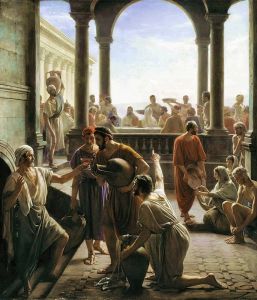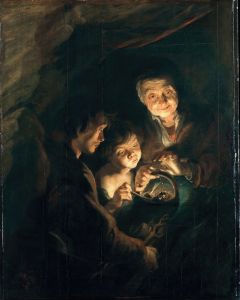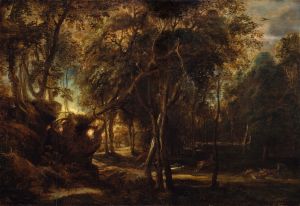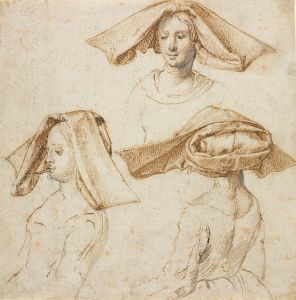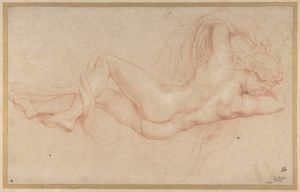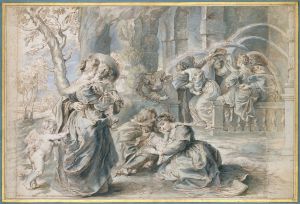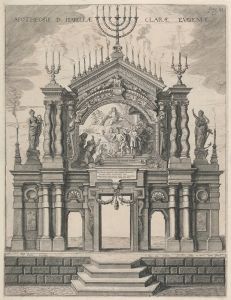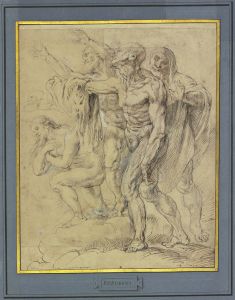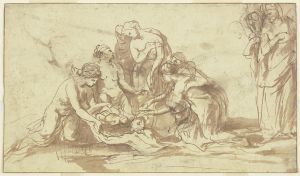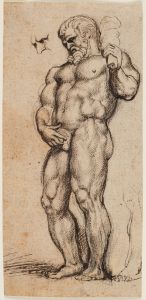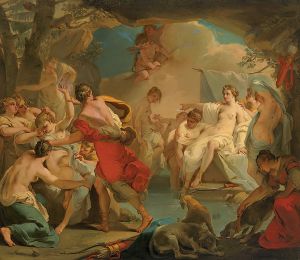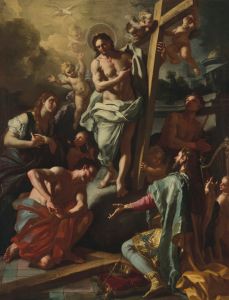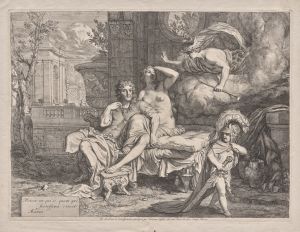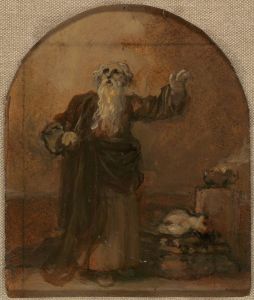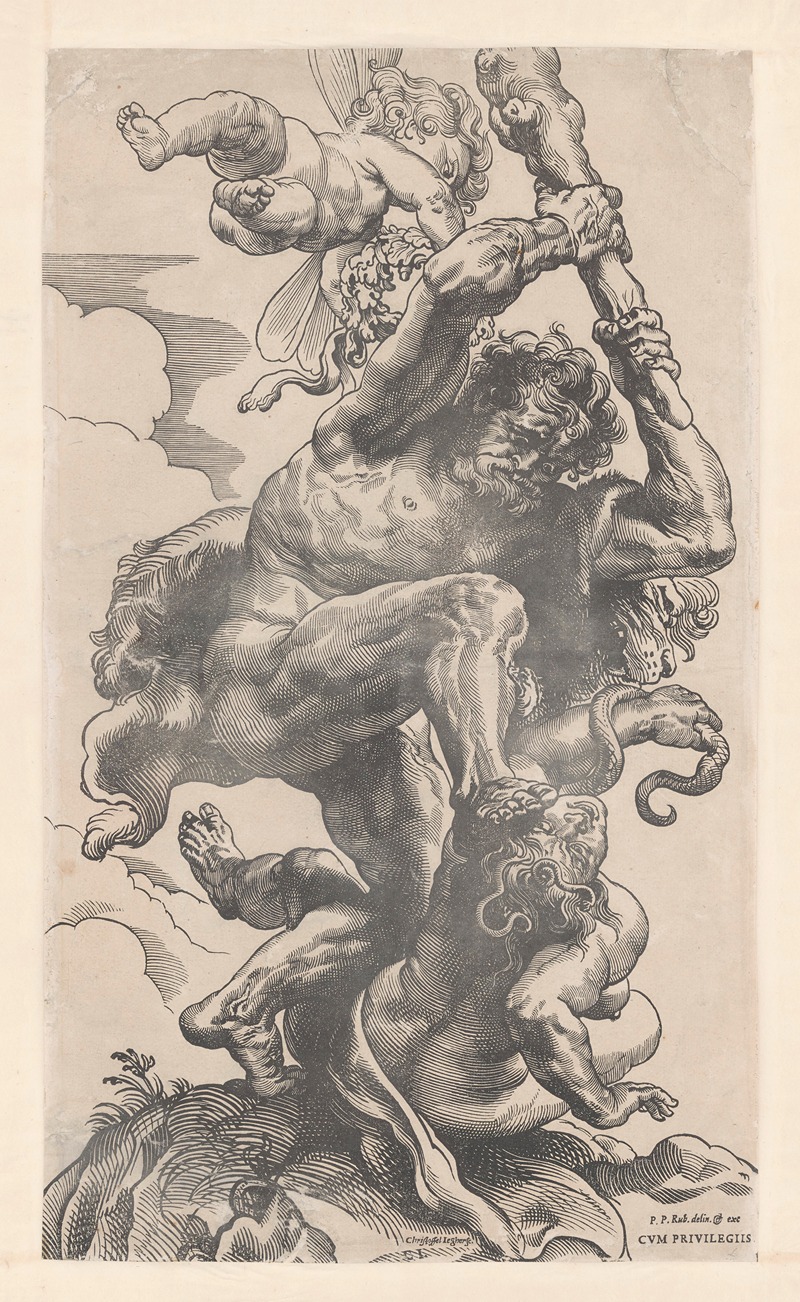
Hercules overcomes Envy
A hand-painted replica of Peter Paul Rubens’s masterpiece Hercules overcomes Envy, meticulously crafted by professional artists to capture the true essence of the original. Each piece is created with museum-quality canvas and rare mineral pigments, carefully painted by experienced artists with delicate brushstrokes and rich, layered colors to perfectly recreate the texture of the original artwork. Unlike machine-printed reproductions, this hand-painted version brings the painting to life, infused with the artist’s emotions and skill in every stroke. Whether for personal collection or home decoration, it instantly elevates the artistic atmosphere of any space.
Peter Paul Rubens, a prominent Flemish Baroque painter, is known for his dynamic compositions, vibrant color palette, and dramatic use of light and shadow. Among his extensive body of work, "Hercules Overcomes Envy" is a notable piece that exemplifies his mastery in depicting mythological themes. However, specific details about this particular painting, such as its creation date, current location, and historical context, are not well-documented in available art historical records.
Rubens often drew inspiration from classical mythology, and Hercules was a recurring subject in his oeuvre. The myth of Hercules, known for his strength and heroic deeds, provided rich material for Rubens to explore themes of virtue, struggle, and triumph. In the mythological canon, Hercules is often depicted overcoming various challenges and adversaries, including personifications of negative traits such as envy.
In Rubens' artistic practice, he frequently employed allegory to convey moral and philosophical messages. The theme of overcoming envy would have resonated with contemporary audiences, as envy was considered one of the seven deadly sins in Christian theology. By portraying Hercules in the act of overcoming envy, Rubens could have been illustrating the triumph of virtue over vice, a common moral lesson in Baroque art.
Rubens' style is characterized by its vigorous movement and emotional intensity, which would have been well-suited to a subject like Hercules. His ability to capture the human form in dynamic poses and his skillful use of chiaroscuro would have brought a sense of drama and immediacy to the scene. Rubens was also known for his ability to convey complex narratives through expressive figures and detailed compositions, making his mythological works both visually engaging and intellectually stimulating.
While specific information about "Hercules Overcomes Envy" is limited, Rubens' broader body of work provides context for understanding how he might have approached such a subject. His paintings often reflect the cultural and intellectual currents of his time, including the revival of classical antiquity and the moral teachings of the Catholic Church. Rubens' ability to blend these influences with his own artistic vision made him one of the most celebrated painters of his era.
In summary, while detailed information about "Hercules Overcomes Envy" by Peter Paul Rubens is scarce, the painting can be appreciated within the broader context of Rubens' work and his engagement with mythological themes. His portrayal of Hercules overcoming envy would have aligned with his interest in depicting the triumph of virtue and the complexities of human emotion, hallmarks of his influential artistic legacy.





